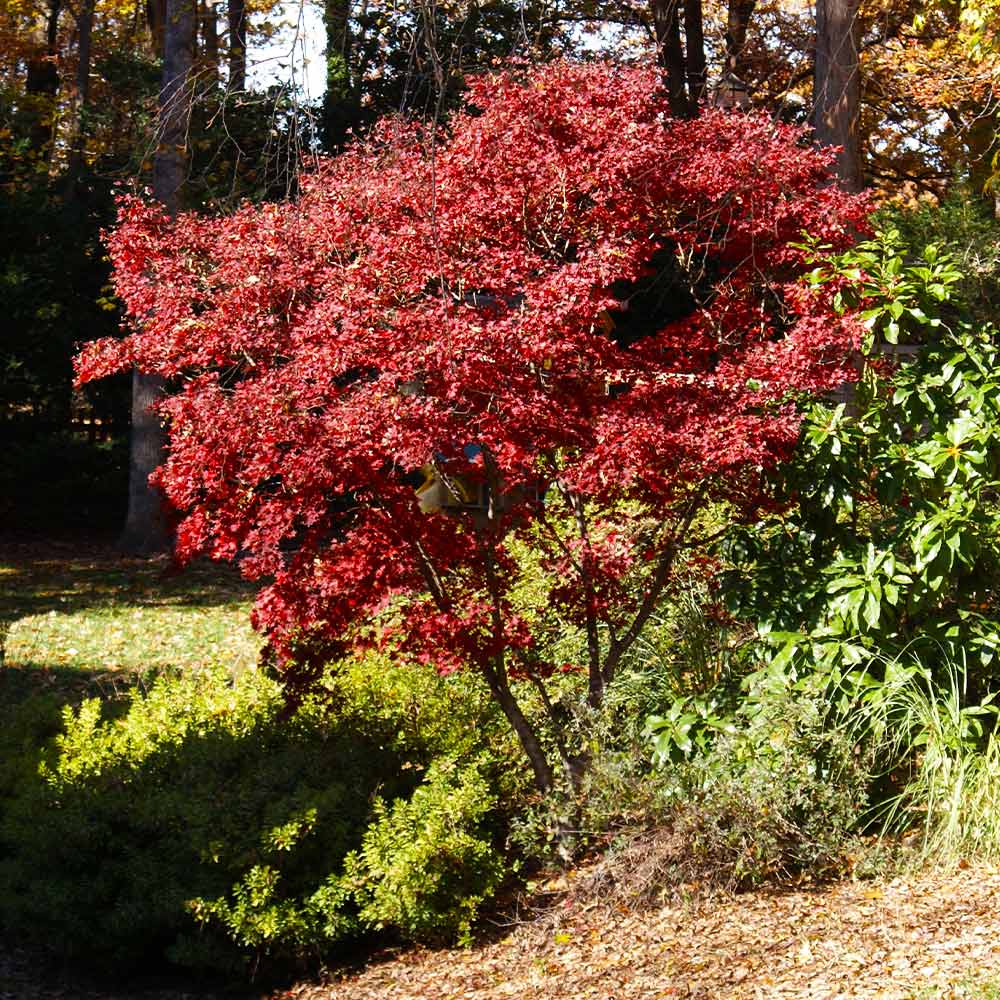

In addition and so you don’t damage your Japanese maple, always move it around by picking up the pot. Do not worry because this is normal for Japanese maples as they are deciduous (drop their foliage in winter) and once the warm weather of spring arrives, your tree will spring back to life with a new flush of leaves and growth. However, you can still plant as long as the ground isn’t frozen. If you received the Japanese maple during winter, your tree will not have any leaves. If the Japanese maples you received were not in pots, but with their roots wrapped in burlap (which is a method called Ball & Burlap, or B&B) do not remove the wrapping until you actually plant. Leave the tree in its pot until you have prepared the preferred planting site and are ready to plant.

Remove all the wrapping materials from around the box and around the maple itself, once you carefully remove it from its shipping container. Once your Japanese maple arrives, the first order of business is to unwrap it. – Place mulch around your Japanese maple and water regularly Getting Your Japanese Maples Ready to Plant – Water well, let the water drain away and put back the remainder of the soil – Put the Japanese maple in its hole and replace most of the soil – Choose a suitable planting site for the needs of your tree


 0 kommentar(er)
0 kommentar(er)
